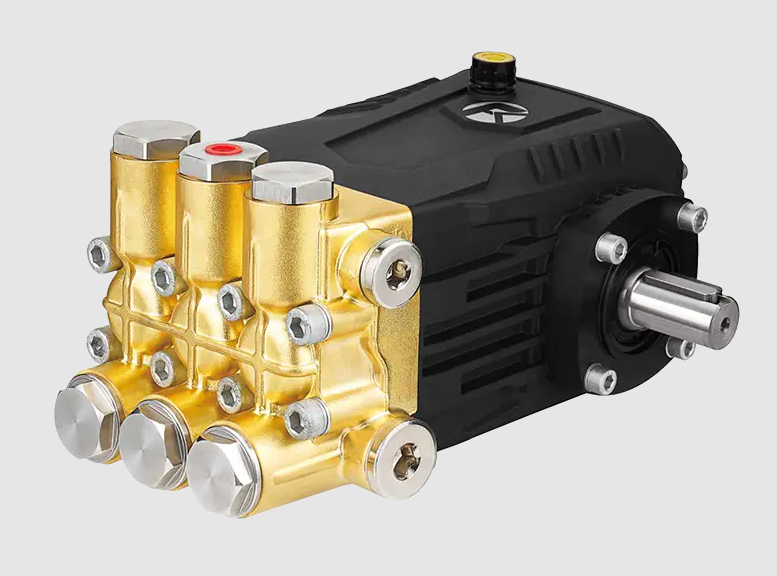How High Pressure Pumps Maintain Reliable Performance Under Extreme Heat Conditions

High pressure pumps are widely used in industrial processes where fluids need to be moved under substantial pressure. In many applications, these pumps are exposed to high temperature environments, which pose significant challenges to their stable operation and longevity. Understanding whether a high pressure pump can function reliably under such thermal stress is essential for ensuring operational safety and efficiency.
The ability of a high pressure pump to maintain stable operation in high-temperature environments depends primarily on the materials and design adaptations implemented by the manufacturer. High temperatures can affect the pump’s structural components, seals, and lubrication systems, all of which are critical to its performance. Materials that can withstand thermal expansion, maintain mechanical strength, and resist degradation are necessary for the pump to operate without failure.
One of the main challenges for high pressure pumps in hot environments is the potential weakening of seals and gaskets. Elevated temperatures can cause these components to lose elasticity or harden, resulting in leaks that compromise the pump’s pressure capacity and safety. To mitigate this, manufacturers often use high-temperature-resistant seal materials such as fluorocarbon elastomers or graphite-based composites, which retain sealing effectiveness even under thermal stress.
The lubrication system within the pump is also crucial in high-temperature conditions. Standard lubricants may degrade rapidly when exposed to heat, leading to increased friction, wear, and ultimately mechanical failure. Specialized high-temperature lubricants with improved thermal stability are employed to ensure continuous and effective lubrication, reducing wear and extending the pump’s service life.
Another consideration is the thermal expansion of pump components. Different materials expand at different rates when heated, which can cause misalignment or increased mechanical stress within the pump. Designers account for this by selecting compatible materials and incorporating design features such as expansion joints or flexible couplings to absorb thermal movements and maintain alignment.
Cooling systems are often integrated into high pressure pump installations to help manage temperature levels. These may include water jackets, heat exchangers, or external cooling loops that dissipate excess heat and protect sensitive components. Effective cooling enables the pump to operate within its design temperature range and prevents overheating that could lead to failure.
It is also important that pumps intended for high-temperature environments undergo rigorous testing under simulated operating conditions. Thermal cycling and stress tests help identify weaknesses and verify the pump’s capacity to handle continuous operation in hot settings. Such testing ensures that pumps meet industry standards and customer expectations for reliability.
In summary, high pressure pumps can operate stably in high-temperature environments when designed with appropriate materials, sealing solutions, lubrication, and cooling systems. Proper selection, installation, and maintenance are essential to sustain performance and avoid damage. With these considerations, industries can confidently use high pressure pumps in processes involving elevated temperatures without compromising safety or efficiency.
High Pressure Pump Product Description:
FKE-F04.1450rpm C Version Ø24mm
- Art
- Causes
- Crafts
- Dance
- Drinks
- Film
- Fitness
- Food
- Games
- Gardening
- Health
- Home
- Literature
- Music
- Networking
- Other
- Party
- Religion
- Shopping
- Sports
- Theater
- Wellness


